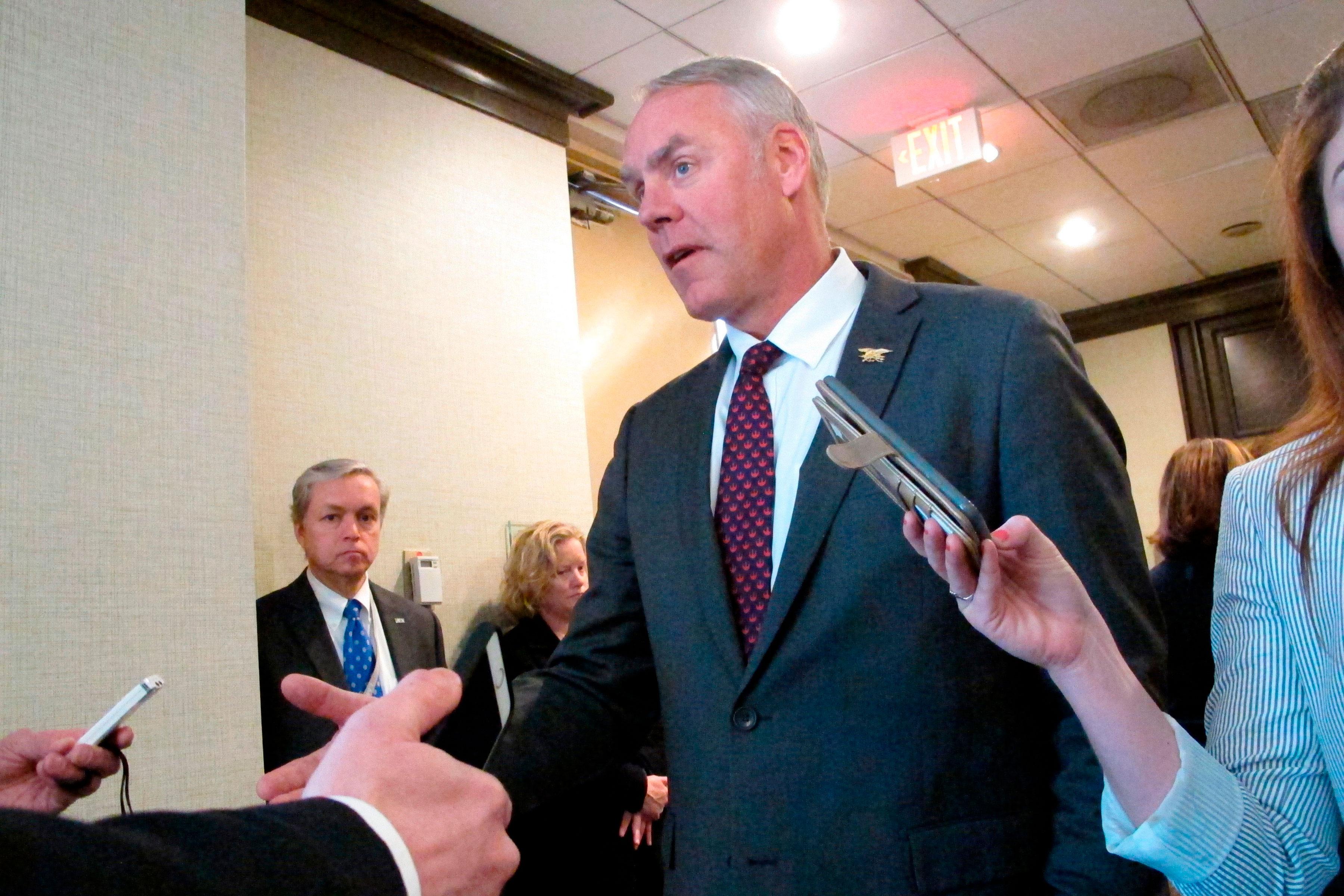

The U.S. Interior Department said Thursday it wants to have its newly reorganized regions up and running by July 1.
Interior Secretary Ryan Zinke's plan calls for realigning the department into 12 unified regions and relocating many decision-makers from Washington to field offices.
The department has nine major sub-agencies and multiple regional boundaries, many following state borders. The new unified boundaries are based on rivers and ecosystems rather than state borders.
Department officials say the reorganization would streamline decision-making and put managers closer to the lands they oversee.
Susan Combs, a Zinke adviser who is spearheading the reorganization, said Zinke wants to have a top manager appointed for each of the unified regions by the July 1 target date.
No date has been announced for moving any personnel to new locations.
Rep. Raul Grijalva, D-Arizona, called the plan unworkable and vowed closer scrutiny if Democrats win a majority in the House of Representatives in Tuesday's election.
"Secretary Zinke and Deputy Secretary (David) Bernhardt are smashing the Interior Department to pieces and telling employees to pick up the mess," Grijalva said Thursday.
He said the Interior Department has not kept Democratic lawmakers updated on the plan and that the current Republican majority has not provided enough oversight.
"Should we hold a House majority in January, we will get to the bottom of why this work was done without congressional awareness," said Grijalva, the ranking Democrat on the House Natural Resources Committee.
Democrats would need to pick up 23 seats to capture the House majority.
Other critics have said the reorganization will make it harder for state officials to communicate with Interior Department officials. They point out that more than 90 percent of the department's workforce of about 70,000 is already based outside Washington, and they question whether moving more employees would improve things.
The department manages 780,000 square miles of public lands, mostly in the West. They include national parks and monuments and many public lands rich in coal, oil and natural gas.









